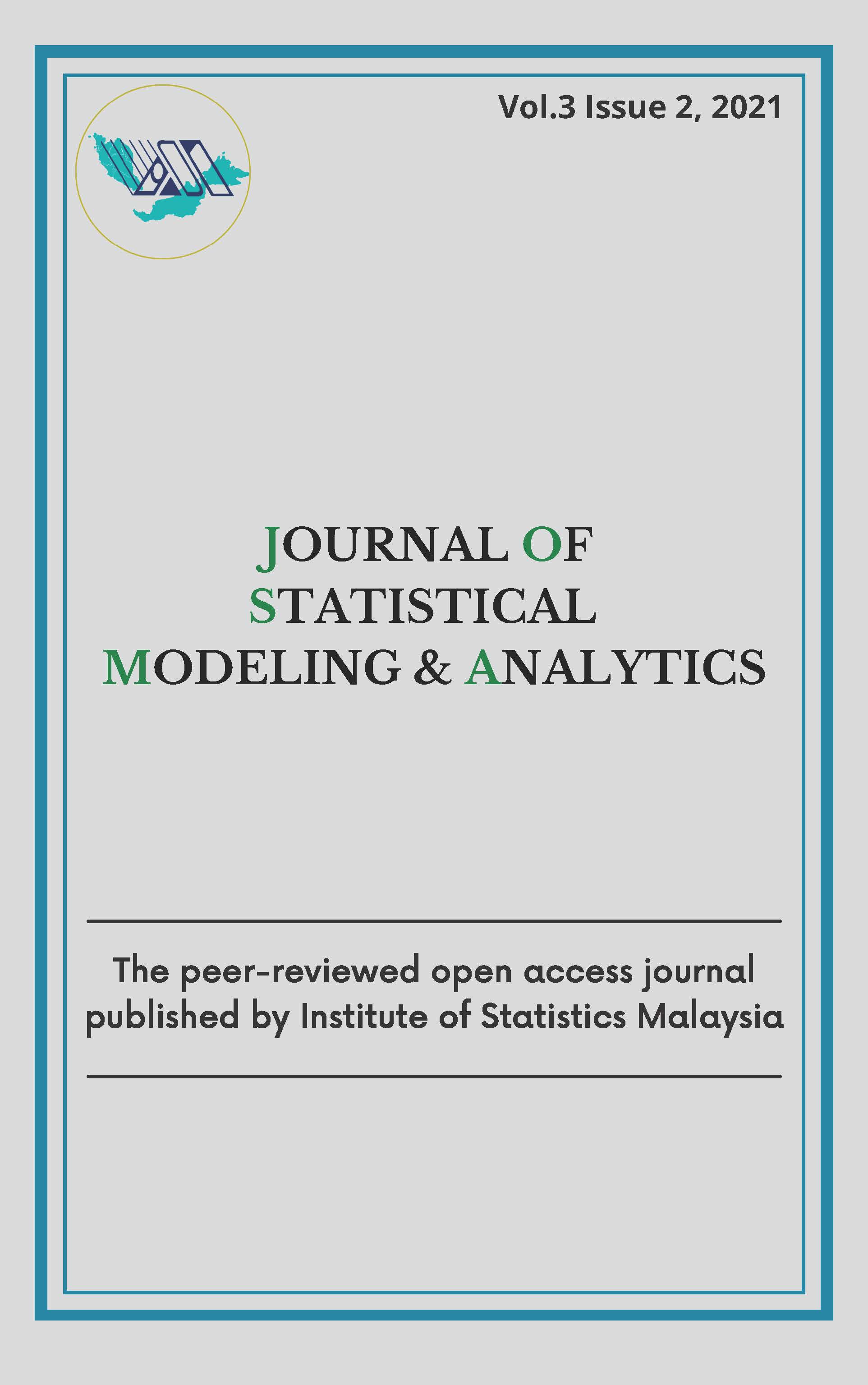Modelling the Efficiency of TGARCH Model in Nigeria Inflation Rate
Main Article Content
Abstract
In general, volatility is known and referred to as variance and it is a degree of spread of a random variable from its mean value. Two volatility models were considered in this paperwork. Nigeria's inflation rate was modeled by applying the Generalized Autoregressive Conditional Heteroscedasticity (GARCH) and Threshold GARCH models. Symmetric and asymmetric models captured the most commonly stylized facts about the rate of inflation in Nigeria like leverage effects and irregularities in clustering and were studied. These models are GARCH (1,1) and TGARCH (1,1). This work estimated the comparison of volatility models in term of best fit and forecasting. The result showed that TGARCH (1,1) model outperformed GARCH (1,1) models in term of best fit, because it has the least AIC of 2.590438. We forecasted to see the level of volatility using Theils Inequality Coefficient and the result shows that TGARCH has the highest Theils Inequality Coefficient of 0.065075 which makes the TGARCH model better than the GARCH model in this research. From the initial and modified sample static forecast, it was discovered that the return on inflation is stable and shows that volatility slows towards the end of the month, we can see a downward spiral, which means price reaction to economic crisis led to lower production, lower wages, decreased demand, and still lower prices.
